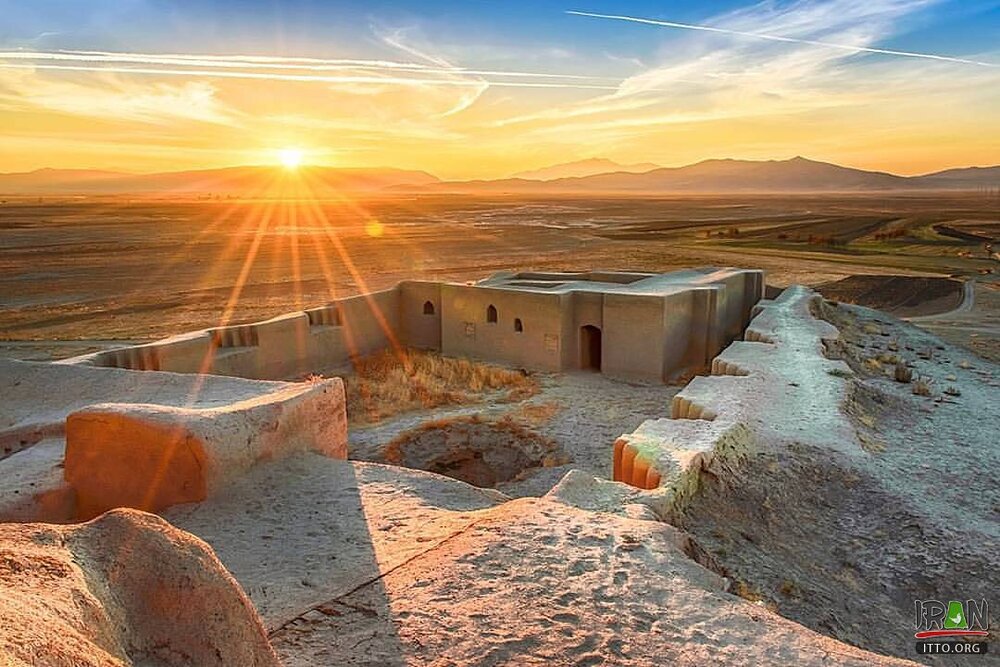Median-era citadel to turn into hub for intl. sightseers

TEHRAN – Local authorities are set to turn Nushijan citadel into a top destination for international sightseers and holidaymakers. The Median-era (c. 678 BC– c. 549 BC) fortress and fire temple lies 20km northwest of Malayer in Hamedan province.
"Nushijan is one of the most treasured and unique buildings in the country, which is very important for the province and the historical site is one of the main potentials for attracting tourists, especially foreign travelers," the provincial tourism chief Ali Malmir said on Sunday.
He made the remarks during a visit to the site, adding "The tourism potential of Nushijan will be fulfilled in near future when its tourism infrastructure is developed."
"Archaeological studies have revealed the ancient hill (monument) has three historical floors, the first of which belongs to the Median period, the second to the Achaemenid, and the third to the times of the Sassanids," the official explained.
Not many people knew Nushijan until 1963 that a British team searched and excavated the castle for 14 years, according to Iranwatching. During the excavation, many works belonging to the Medes, Achaemenid, and Parthians were found.
Excavations also show that this building has three layers. The fortress and temple which are left from the early Median period form the initial and lower layer. The middle layer contains works of the Achaemenid people and the upper or third layer contains works from the Parthian period.
A fortress fence and two fire temples indicate the political, religious, and military functions of this castle in the Median period. in later periods, the existing construction had been used as a platform and subsequent buildings were created on it. As a result, the building related to the Medes remained even up to a height of 8 meters and does not need any special reconstruction.
The ancient construction indicates the very first patterns of Persian architecture and that is why it has become one of the most special and unique monuments in the whole country. It was an important place of worship for Medes, assumingly worshiping the god of the sun.
Known in classical times as Ecbatana, Hamedan was one of the ancient world’s greatest cities. Pitifully little remains from antiquity, but significant parts of the city center are given over to excavations. Ecbatana was the capital of Media and subsequently a summer residence of the Achaemenian kings who ruled Persia from 553 to 330 BC.
Hamadan has had many names: it was possibly the Bit Daiukki of the Assyrians, Hangmatana, or Agbatana, to the Medes, and Ecbatana to the Greeks. One of the Median capitals, under Cyrus II (the Great; died 529 BC) and later Achaemenian rulers, it was the site of a royal summer palace.
AFM
Leave a Comment